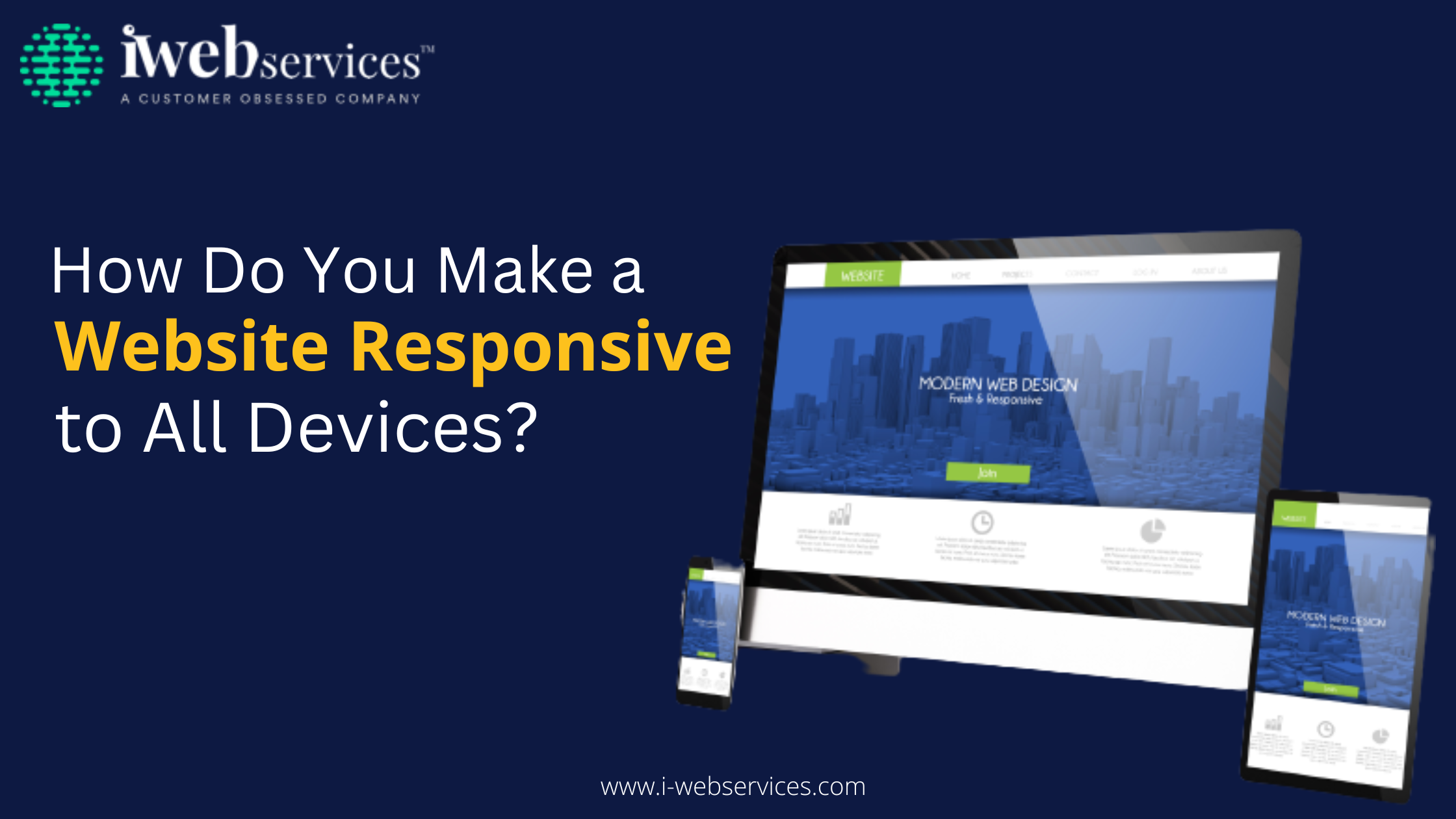Creating a Responsive Website: Best Practices for Optimal User Experience

Given the rapid evolution of the mobile web, ensuring that your website is equipped to handle visitors from a variety of devices and screen sizes has become crucial. Responsive website development plays a key role in achieving this. However, like any aspect of web design, there are essential best practices to follow to ensure your responsive website functions effectively and offers the flexibility it is meant to provide.
Mobile Users Deserve the Best Browsing Experience
One of the most important aspects of developing a responsive website is ensuring that the browsing experience is consistent for all users, regardless of the device they are using. This means that the visual appearance and configuration of your website should adapt seamlessly without sacrificing content or functionality for users on any particular device or screen size. Whether a user is accessing your site from a desktop, tablet, or smartphone, they should enjoy the same high-quality browsing experience.
Designing with Responsiveness in Mind
When planning your website’s layout for coding into an actual design, it’s essential to understand that some layouts are more suitable for responsive design than others. Certain designs adapt to different screen sizes more effectively due to their layout simplicity. This involves keeping the website’s outline and HTML code as straightforward as possible, using simple mechanisms for core elements like navigation and menu options, and adhering to HTML5 principles and doctype.
Avoid overly complex divs, flash elements, or intricate JavaScript that can complicate the overall tuning of the website. Simplicity in design translates to better adaptability and smoother performance across various devices.
Making Images Adaptable and Workable
A simple design allows for greater adaptability of images. The easiest way to achieve this is by using adaptive sizing and resizing their width. This ensures that images look good and load efficiently, regardless of the device being used to view them. Properly handling images is a critical component of responsive website development, as it directly impacts the user experience.
Enabling Compression of Website Elements and Content
Utilizing a tool like GZIP to compress page resources can significantly improve communication across networks. Compression reduces the number of bytes sent per page, making your content easier to browse and access, particularly on devices with low or varying bandwidth. This practice enhances the loading speed and overall performance of your website on mobile devices.
Eliminating Unnecessary Content
To create a mobile-friendly website, it’s important to recognize that some content and content elements are not suited for mobile environments and will not function well there. Streamlining your website by eliminating such unnecessary content ensures a cleaner, more efficient user experience. Focus on what is essential for your mobile users and remove any extraneous elements that could hinder usability.
Conclusion
In today’s digital landscape, responsive website development is not just a trend but a necessity. By adhering to best practices such as ensuring a consistent browsing experience, designing with responsiveness in mind, making images adaptable, enabling compression, and eliminating unnecessary content, you can create a website that provides an optimal user experience across all devices. As mobile web usage continues to grow, prioritizing responsive design will ensure that your site remains accessible, user-friendly, and effective in meeting the needs of all your visitors.




